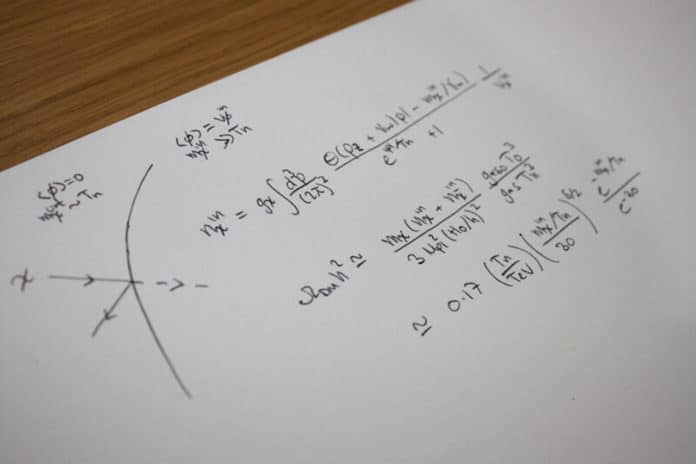A recent study from the University of Melbourne described how expanding bubbles in the early universe might be the key to understanding dark matter. Scientists proposed a mechanism that suggests- the dark matter abundance may have been determined in a cosmological phase transition.
Dr. Michael Baker, a postdoctoral research fellow at the University of Melbourne, said, “These phase transitions are expected to have taken place in the early universe and can be similar to bubbles of gas forming in boiling water. We show that it is natural to expect dark matter particles to find it very difficult to enter these bubbles, which gives a new explanation for the amount of dark matter observed in the universe.”
This new theory for the origin of dark matter helped experimentalists in Australia and abroad search for the mysterious new matter.
The research, which was done in collaboration with Assistant Professor Andrew Long from Rice University, Texas, and Professor Joachim Kopp from CERN and the University of Mainz, points to new experimental strategies for searching for dark matter.
Dr. Baker said, “If it’s a new particle, then there’s a good chance that we could detect it in a laboratory. We could then pin down its properties, like its mass and interactions, and learn something new and deep about the universe.”
Professor Kopp said, “One exciting aspect about the idea is that it works for dark matter particles that are much heavier than most other candidates, such as the famous weakly interacting massive particles, on which most experimental searches in the past were focused. Our work, therefore, motivates the extension of dark matter searches towards heavier masses.”
The findings could be especially crucial for the future of experimental dark matter searches in Australia.
Journal Reference:
- Michael J. Baker et al. Filtered Dark Matter at a First Order Phase Transition, Physical Review Letters (2020). DOI: 10.1103/PhysRevLett.125.151102
